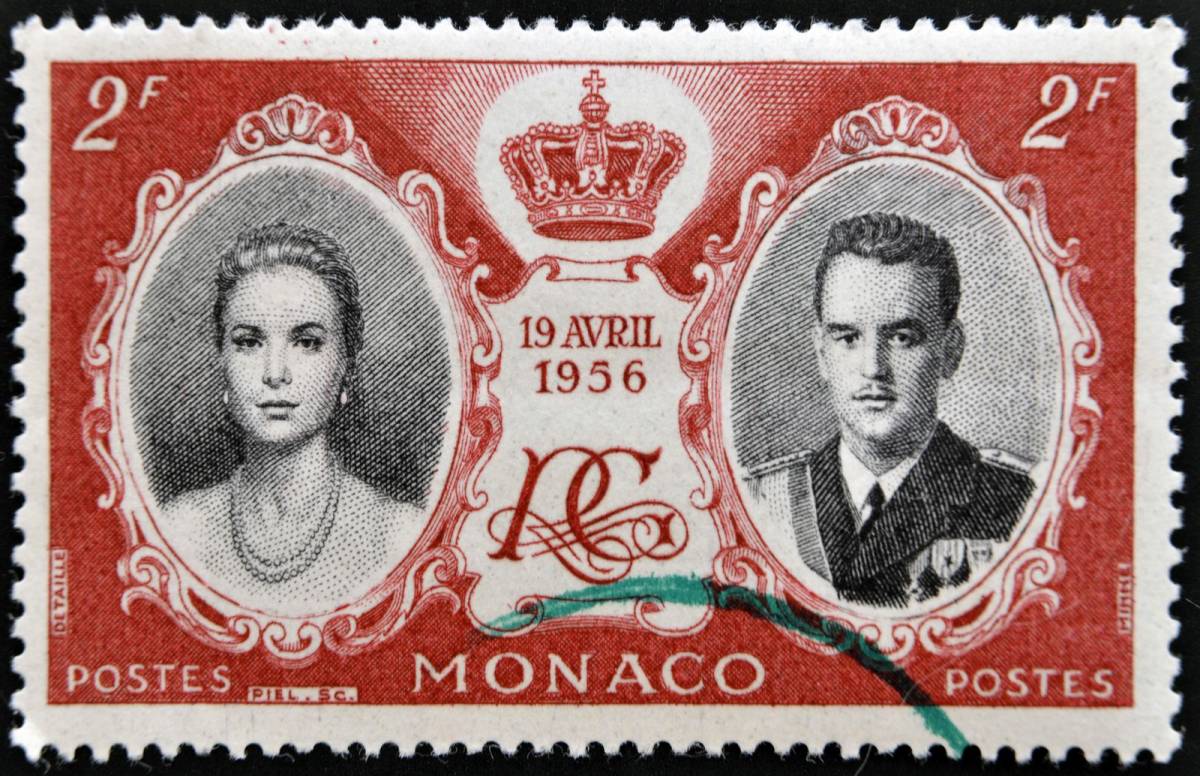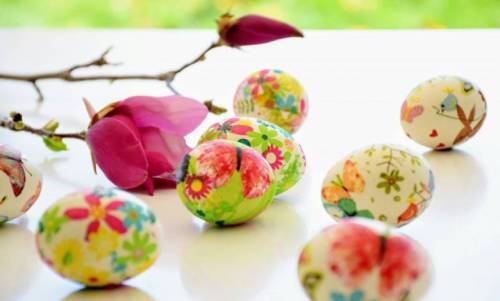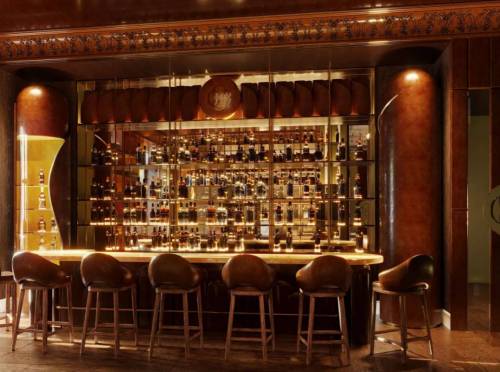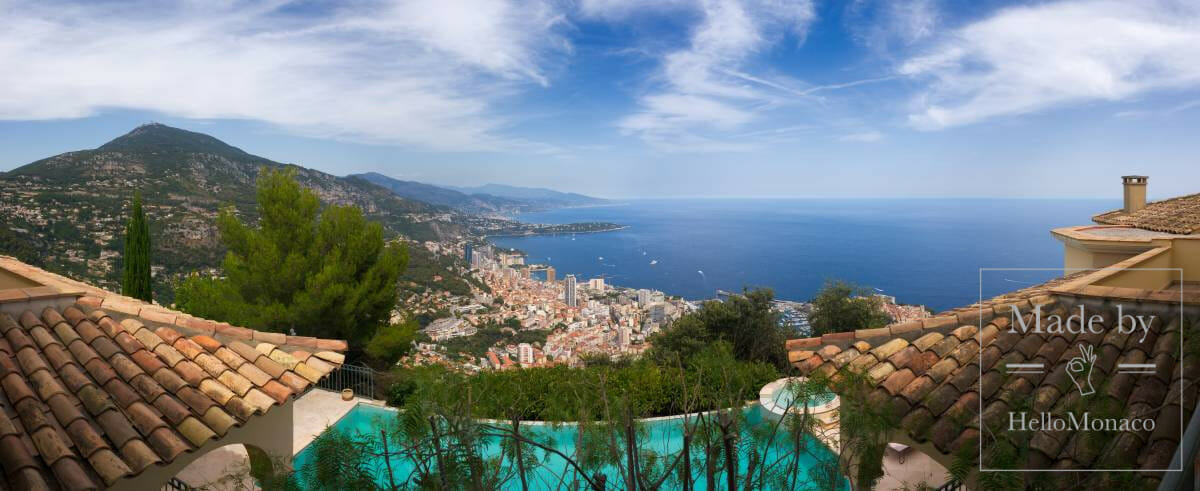This Exhibition at the Prince’s Palace is very special opportunity to get a 360-degree view of one of the great Monegasques who changed the world we live in. Nowhere else is it possible to see the whole life of Bosio in one beautiful location. The Palace could not be more ideal because you will get to see the original accounts of Prince Honore who from this very Palace launched Bosio’s career with a bursary.
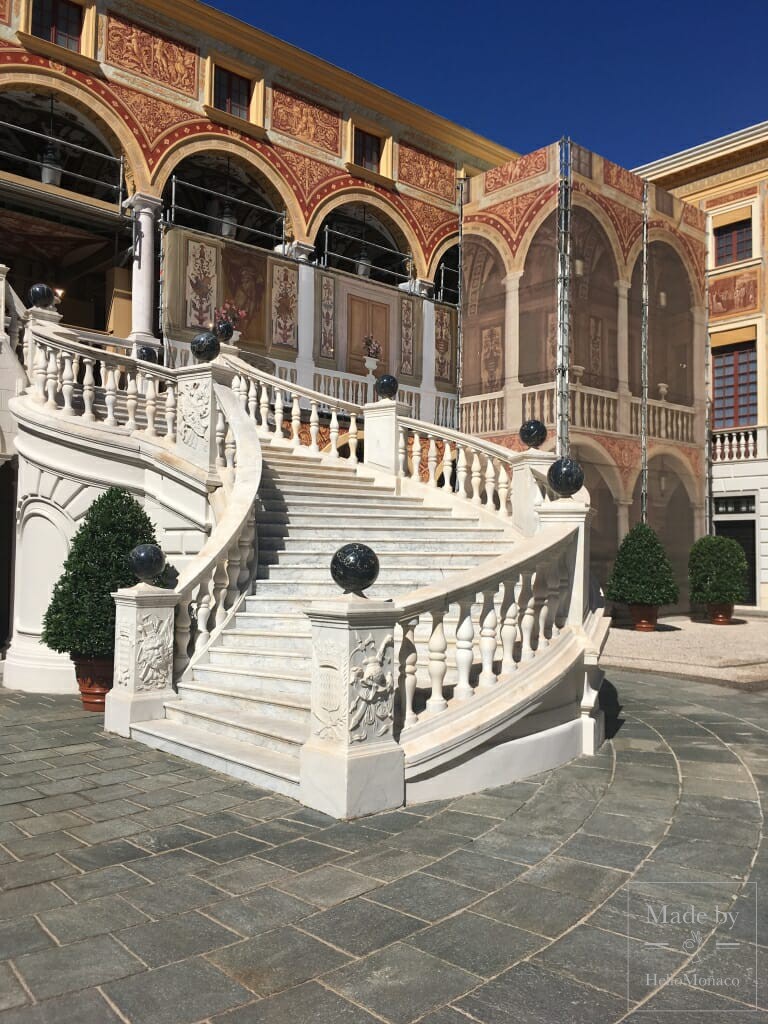
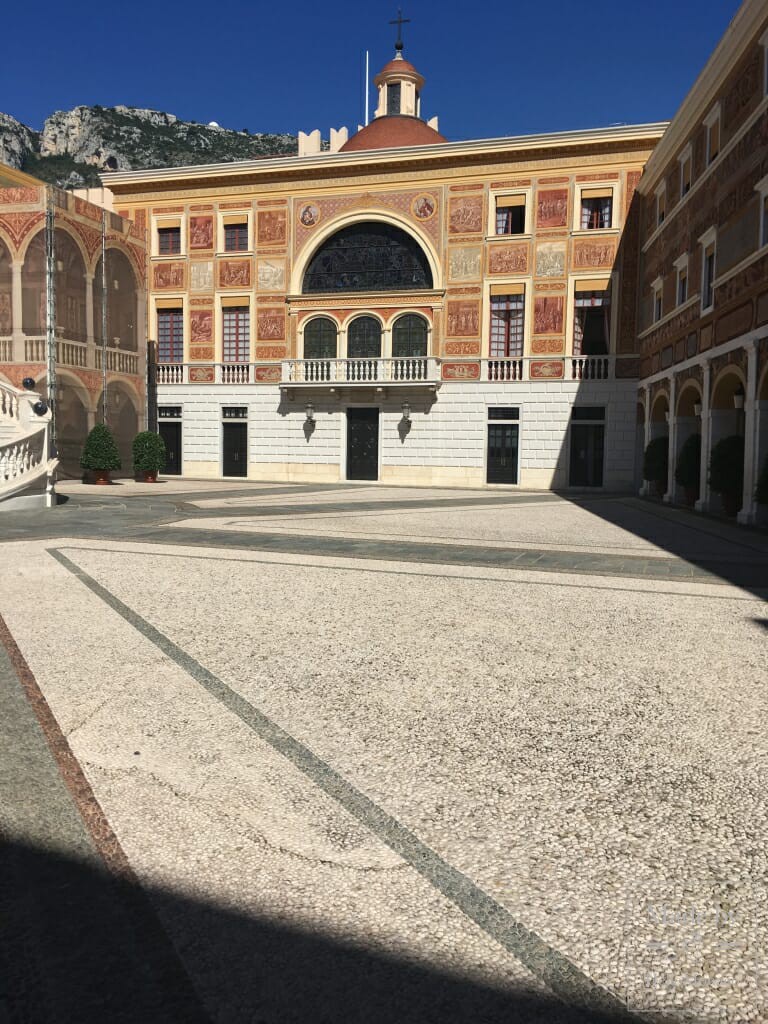
Francois-Joseph Bosio, the internationally renowned Monegasque sculptor, exemplifies the very best of Monegasque values.

And in the world of sculpture there is no better example than Francois Joseph Bosio whose 250th anniversary we are all celebrating. On 19th March, 1768 Bosio was born. And you can see his birthplace in Monaco and where he lived. In fact being at the Expo on the Rocher will probably inspire you to go and visit his home to get a genuine feel for his upbringing. The registration of his birth is one of the important historical documents on exhibit at the Expo at the Palace. This is another wonderful exclusive of the exhibition; the original fascinating documents that you will only see in the Palace Archives and private sculptures normally only privy to the Palace residents. Bosio’s home in Monaco is at the Rocher at 18, Rue Comte Félix Gastadi. The Bosio family presence in Monaco dates back to the seventeenth century, while Francois Joseph’s parents themselves Monegasques were from Roquebrune.
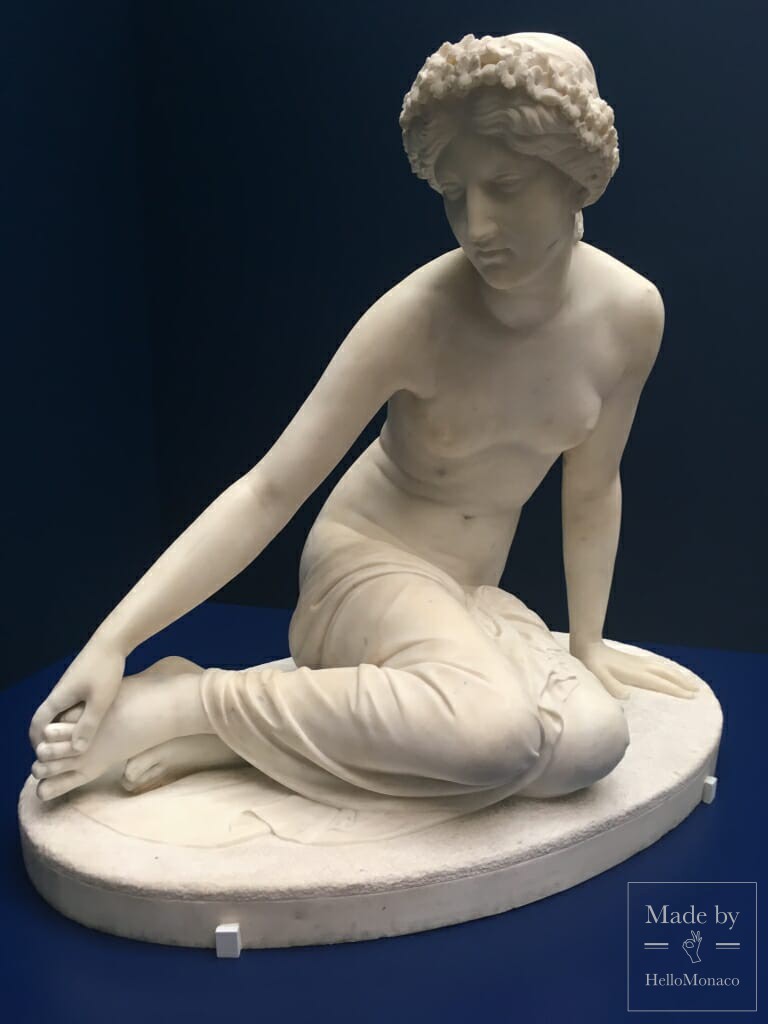
The best places to see Bosio’s work include, of course in Monaco, in Paris, in the Metropolitan Museum of Art in New York and in the Hermitage in Saint Petersburg. But in this Exhibition, everything about his life and his works all come together in an intimate way. In fact, the space itself has an intimate feel to it. HelloMonaco felt like they were part of a travelling bibliography, one that is little more personal, somewhere between an autobiography and a bibliography because you are in one of the most important places in the story as it unfolds before you. In Monaco you will also be intrigued by the original documents surrounding his baptism, marriage and even his passport. Both at the Palace and the New National Museum of Monaco there are fascinating Bosio exhibits. And his memory continues to be kept alive in Monaco on the Rocher, where a small square adorned with his bust bears his name. Also the Monaco Art School is housed in the Pavilion Bosio. And there is the commemorative stamp and coin. We are sure you will be inspired to visit them to complete the experience, after the Exhibition has wetted your appetite.
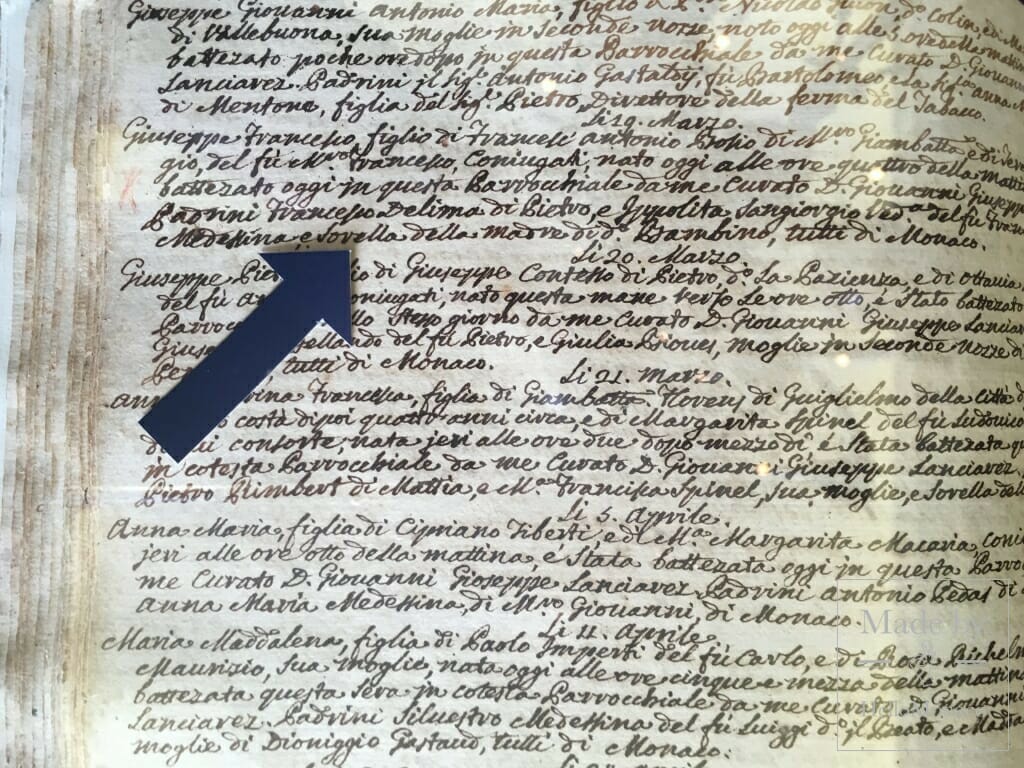
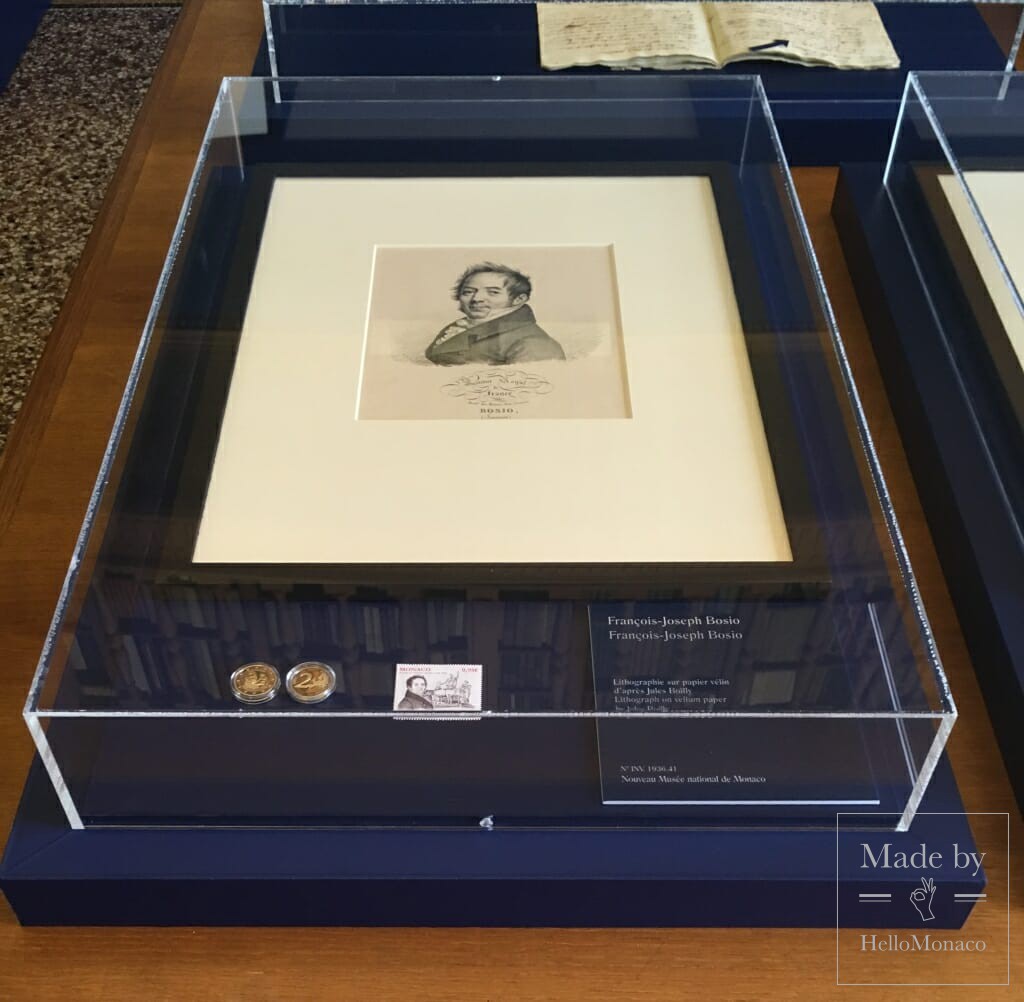
Francois Josef Bosio’s works include internationally recognized icons of sculpture such as Quadriga on the Arc de Triomphe du Carrousel, Paris, (1827) commemorating the Bourbon Restoration. In 1828, Bosio saw his grandiose equestrian sculpture of Louis XIV erected in the Place des Victoires in Paris. In 1840 King Louis Philippe ordered a four-metre high statue of Napoleon for the ceremony of returning the Emperor’s ashes to Paris. Today it stands on the grounds of the Grande Armée near Boulogne-sur-Mer.
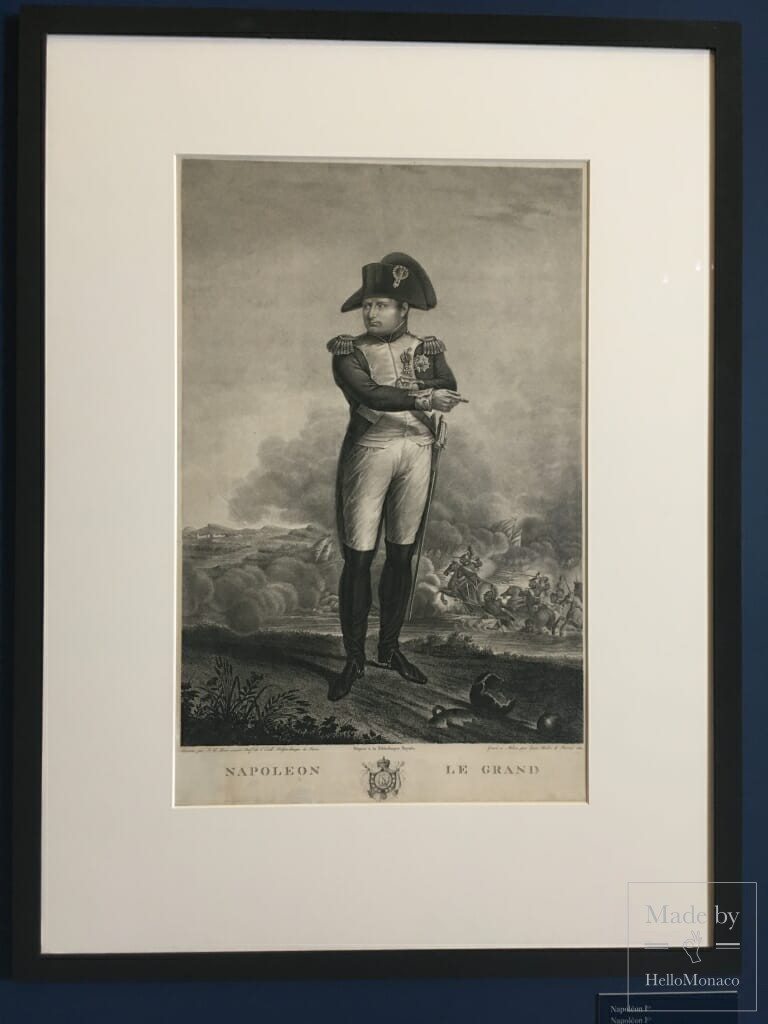
His works in Neoclassical Mythology were also an important part of what made Francois Joseph Bosio such an acclaimed sculptor.
Bosio’s skill and reputation was of such extraordinary acclaim that he retained his position at the pinnacle of French institutions even as the leaders in the country were swept away. In terms of important Busts he was a favourite of Napoleon. It is quite extraordinary that equally he was regarded as an Emissary of the opposing Restoration. Not all brilliant sculptors attract the adulation accorded to Bosio. His youthful Henry IV sculptures 1822-1824 drew an almost cult following and society’s rich and famous all wanted to display copies in their great houses.
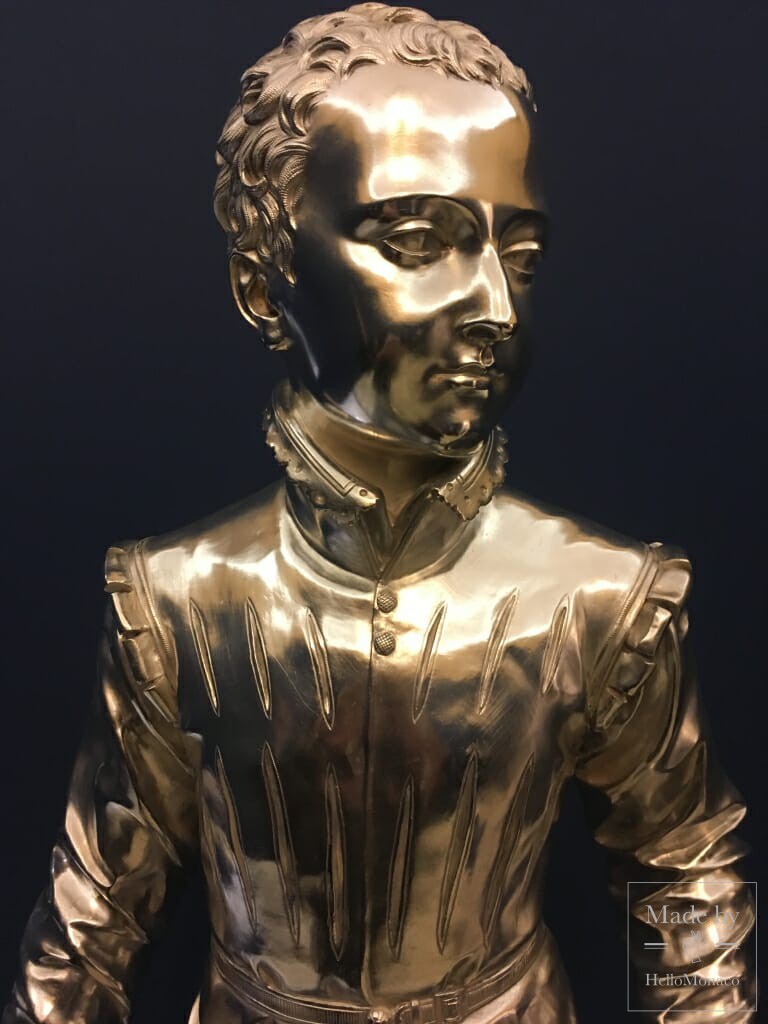
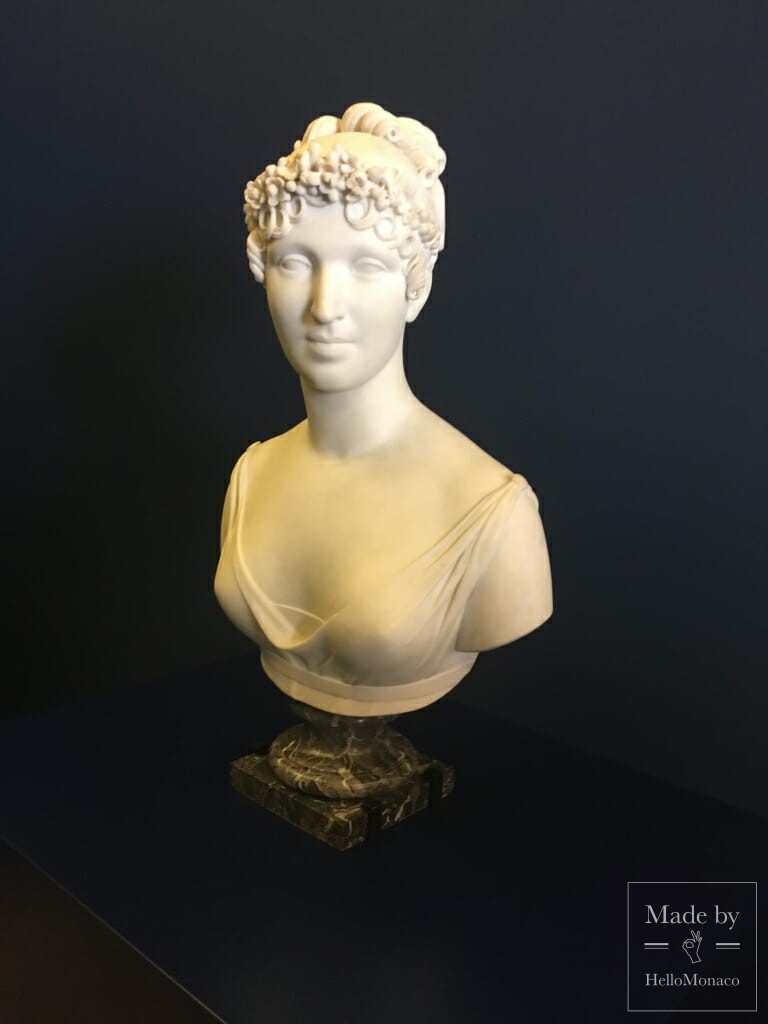
The Exhibition is very well set out. You get the feel of these different stages in Bosio’s career as you gaze at the Busts of Napoleon’s family and favourites. You feel the confidence that Napoleon felt for Bosio. And then you wonder at the genius of the man as the Exhibition takes you through how Bourbons of the Restoration and the Orleonists of the July revolution also flocked to him. It is almost without parallel in history and the Exhibition brings it to life.
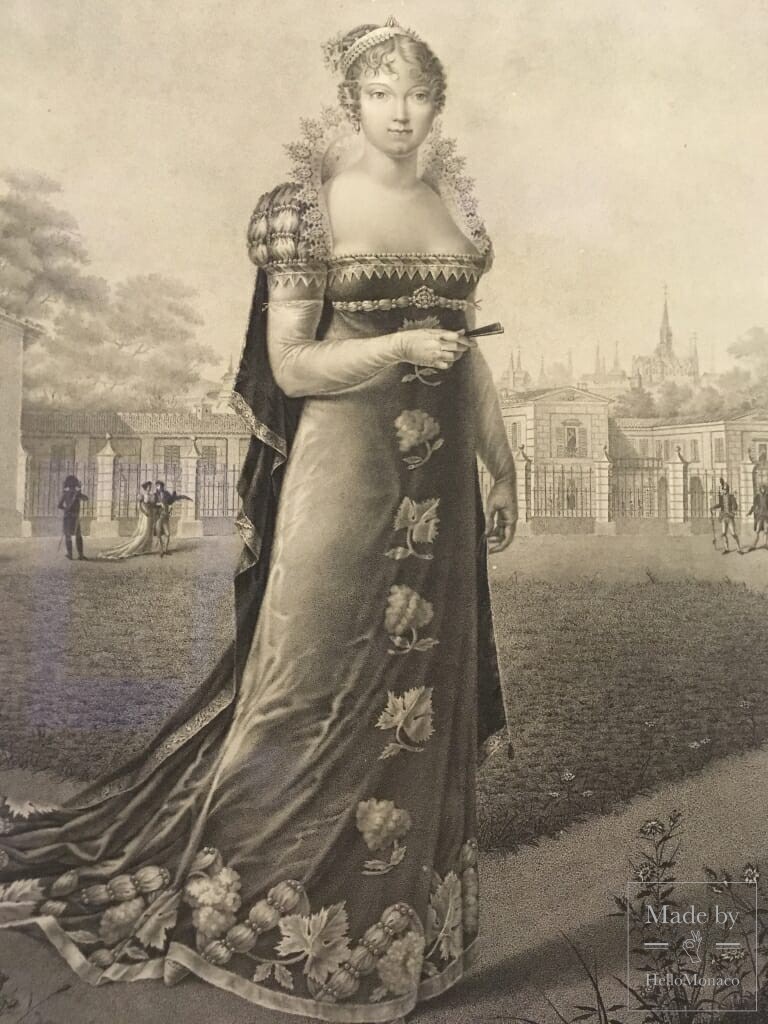
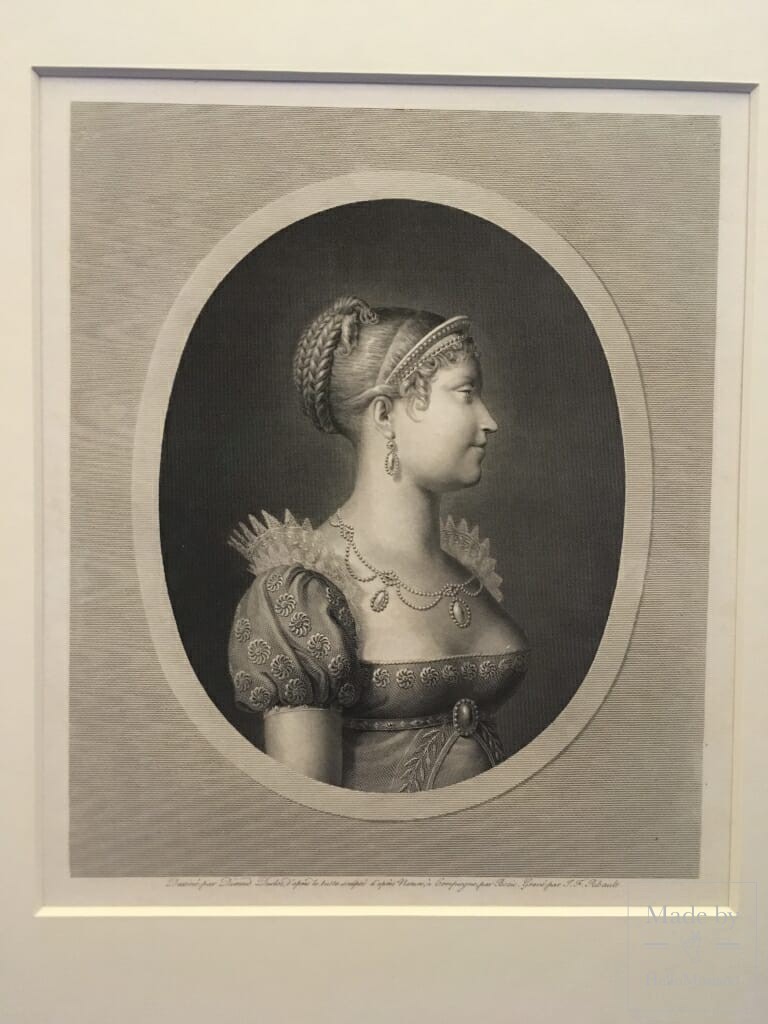
Francois Josef Bosio reached the pinnacle and was showered with honours and impressive appointments. He was elected to the Institut de France in 1816 and appointed a professor at the École des Beaux-Arts in Paris in 1817. Louis XVIII made Bosio a Knight of the Order of Saint Michael in 1821 and appointed him Chief Sculptor to the King and he was made an Officier of the Légion d’honneur. He was made a Baron by Charles X of France in 1825. He was stripped of some of his titles when the Duke of Orleons replaced the Bourbons in the July revolution. But such was his genius he continued to receive Commissions.
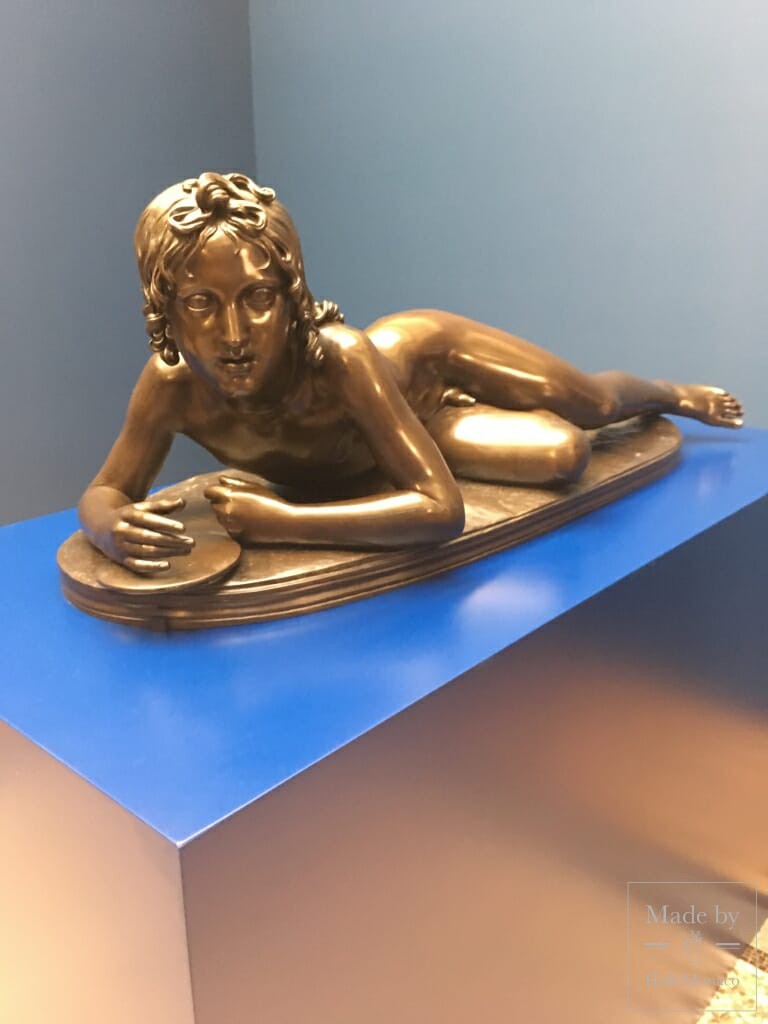
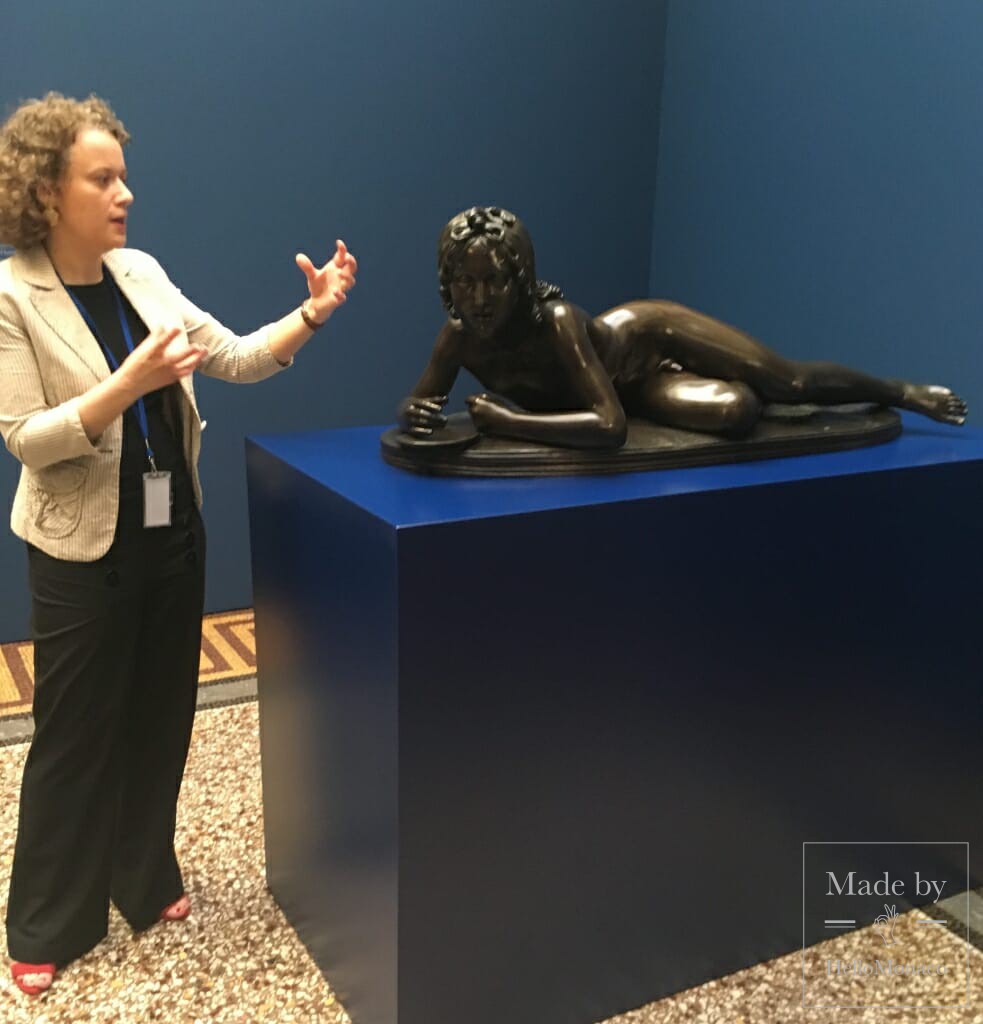
Married in 1809 to Felicitie-Joseoh Pentiaux, widow of the Marquis de Roux and mother of their child Angelique-Felicite born a few months earlier. Art and sculpture, it seems runs in the family. His nephew named Astyanax, was the son of his elder brother, Jean-François, who was also a painter, born in Monaco. Astyanax completed works based on Francois Joseph’s drawings after his death, notably those of the bas-reliefs of the Pont des Invalides in Paris. Bosio died on July 29, 1845 and is buried in the Pierre Lachaise Cemetery in Paris.
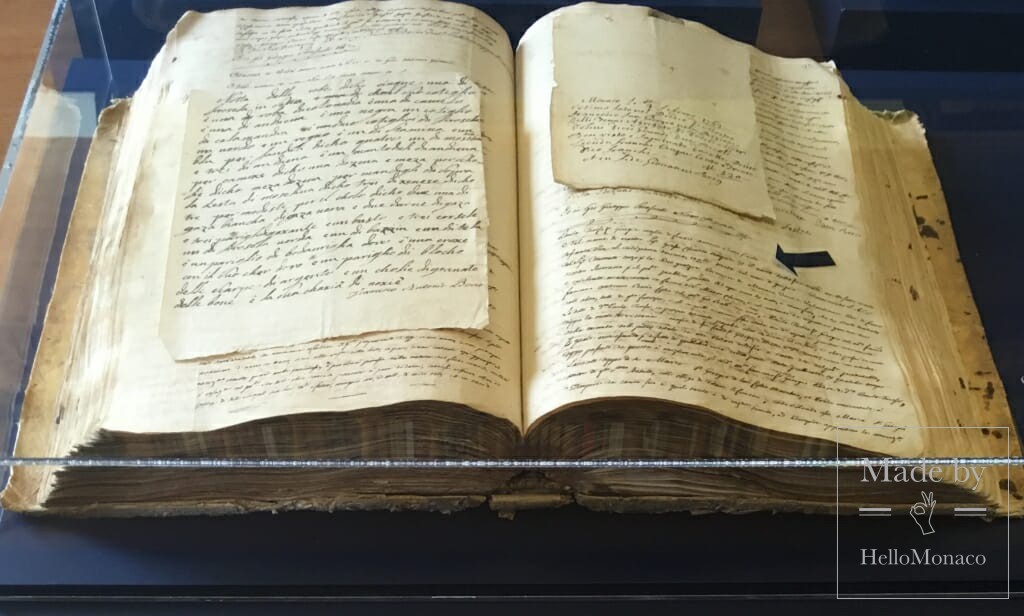
At this unique Exhibition at the Palace you will find together with the Exhibits curators with a passion. They burst with enthusiasm when you ask them about the sculptures and the artwork and the documents. They are full of interesting little facts about Bosio’s life and the intricacies of each work. For the Monegasque sculptor Bosio there will not just be a 250th anniversary of his birth. His works and influence span centuries. The world of sculpture owes an enormous debt to Prince Honore and Monaco who launched him free like a bird to soar above the world of art and culture.
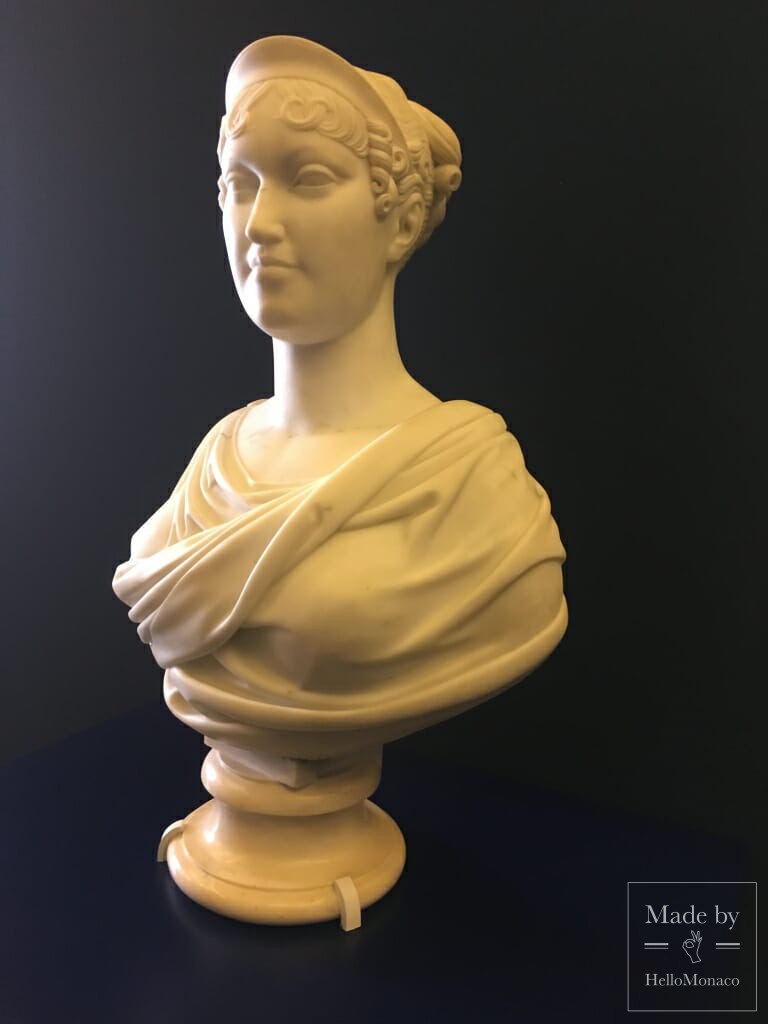
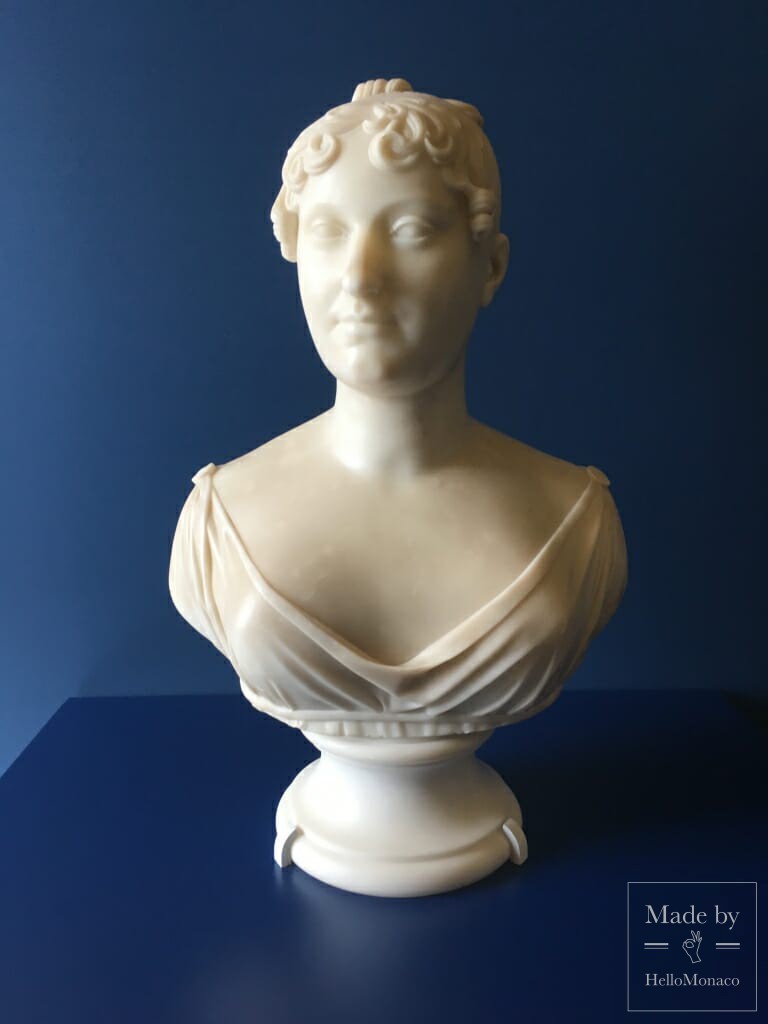
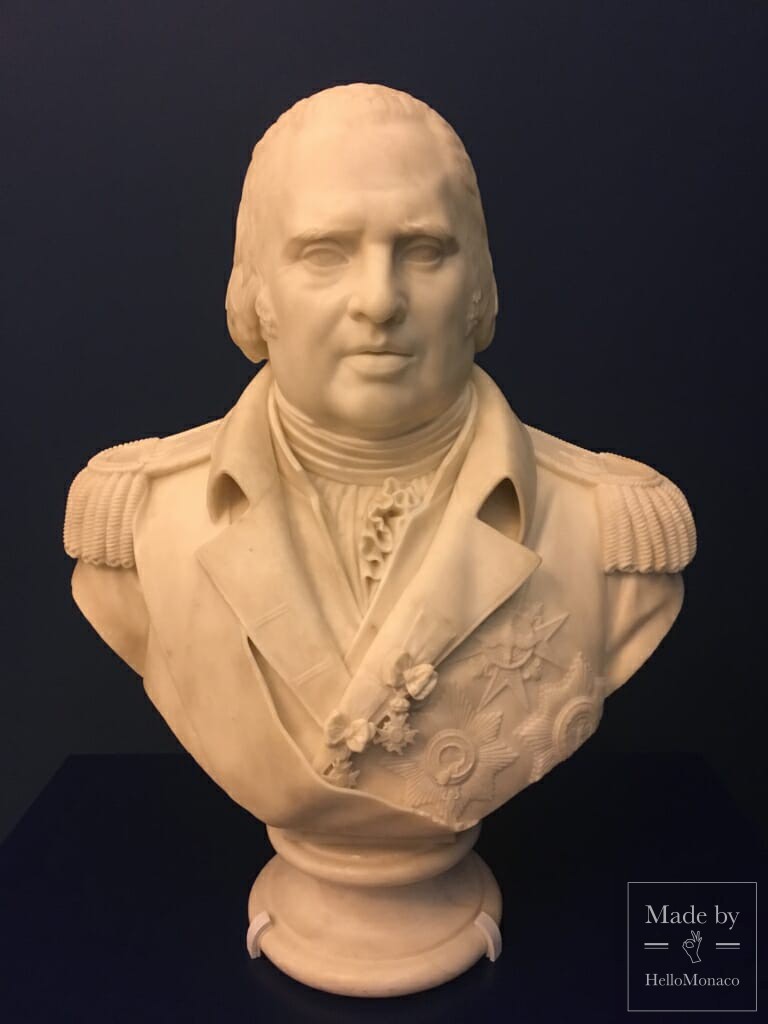
Not to be missed, a gem of an Exhibition: from Thursday 14 June to Sunday 14 October, Prince’s Palace (Palace Archives).

